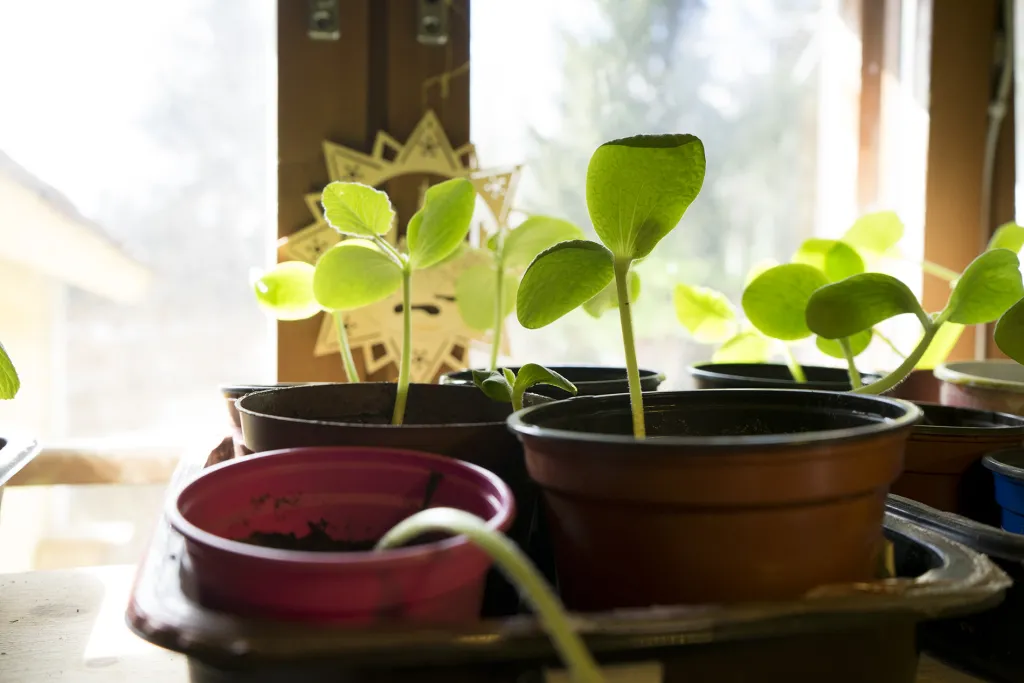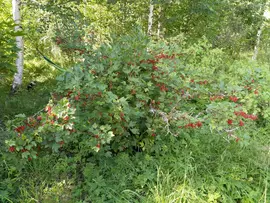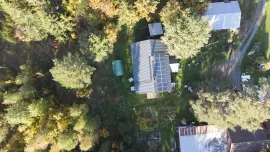Food forest = forest garden
Both terms are used to more or less describe the same thing. The current discussion, 2023, goes into direction of adding the term edible. The full term is then edible food forest or edible forest gardens in order to distinguish them from food forest that don't produce any edible food.
Food forests as permaculture strategy
Food forests are a sustainable and efficient way to produce a wide range of food crops, including fruits, nuts, vegetables, and herbs. They are based on the principles of permaculture, which promotes the integration of plants and animals in a way that mimics the relationships found in nature. In a food forest, plants are selected and arranged in a way that maximizes the use of space and natural resources, and that supports the growth and productivity of the plants.
Benefits of food forests
Food forests can be created on a variety of scales, from small home gardens to larger-scale farms. They can be incorporated into existing forested areas, or they can be created on previously cleared land. By incorporating the principles of permaculture and agroforestry, food forests can provide a sustainable and productive source of food while also supporting the natural environment.
At Beyond Buckthorns
We have multiple food forest areas. During the 2022 and 2023 PDC we create two new food forest areas with the Food forest teacher Anton Nordqvist.
Articles tagged with Food forest
Food forest at Beyond Buckthorns
This design is about curating a food forest at Beyond Buckthorns into an area which has been a garden in the past but has since grown pretty wild, located in Zones 2 and 3. The design aims to increase biodiversity, get yields and enable teaching… more
Designing a food forest for Zone 1
This design is for a small multi layer garden (forest garden). It shows how easy it is to transform ~ 100 m² with permaculture design into a productive area.



